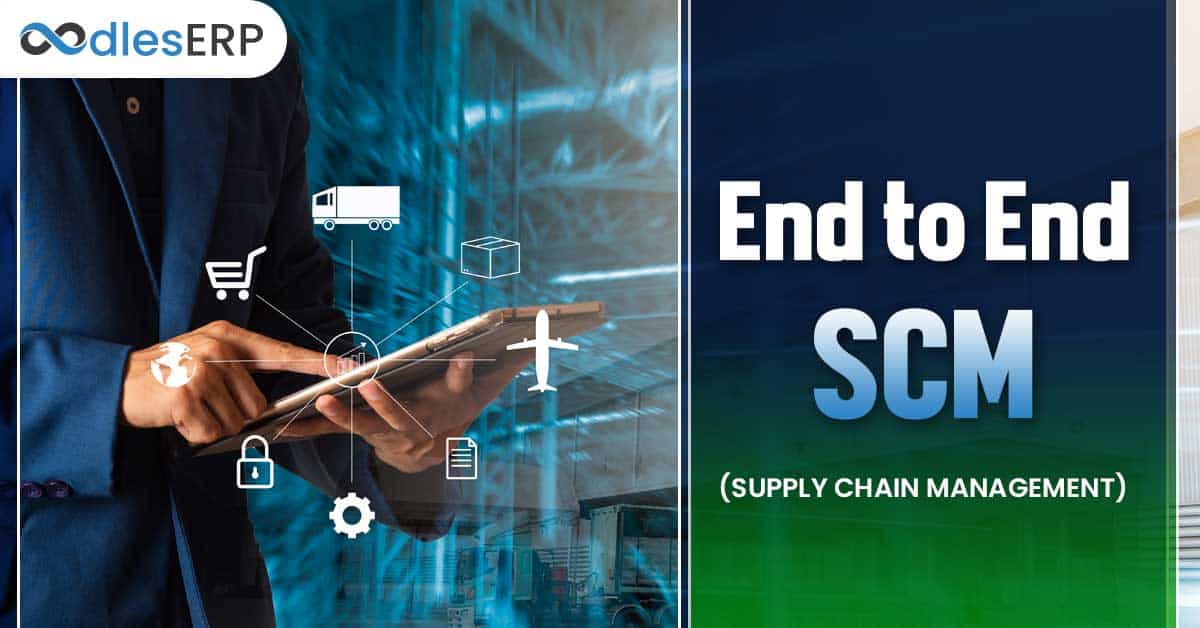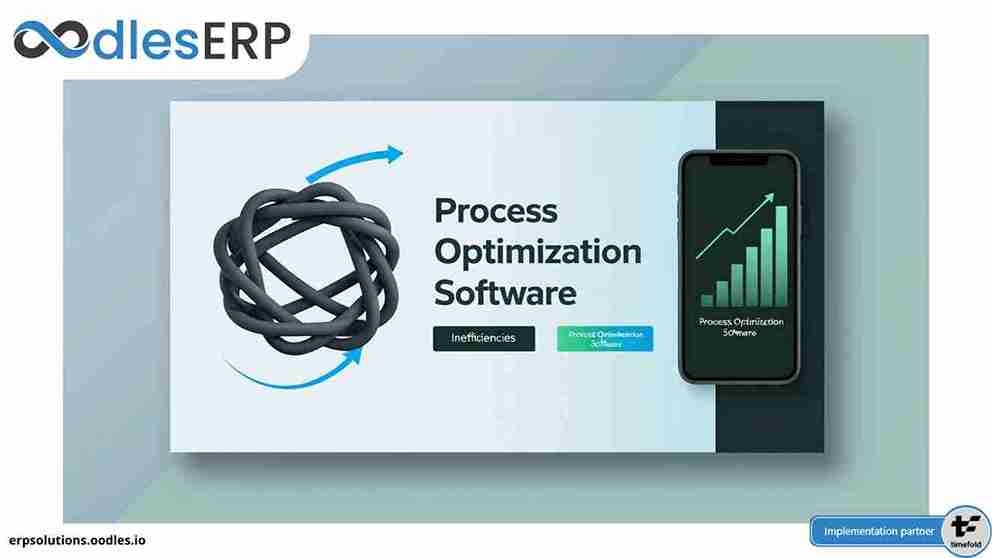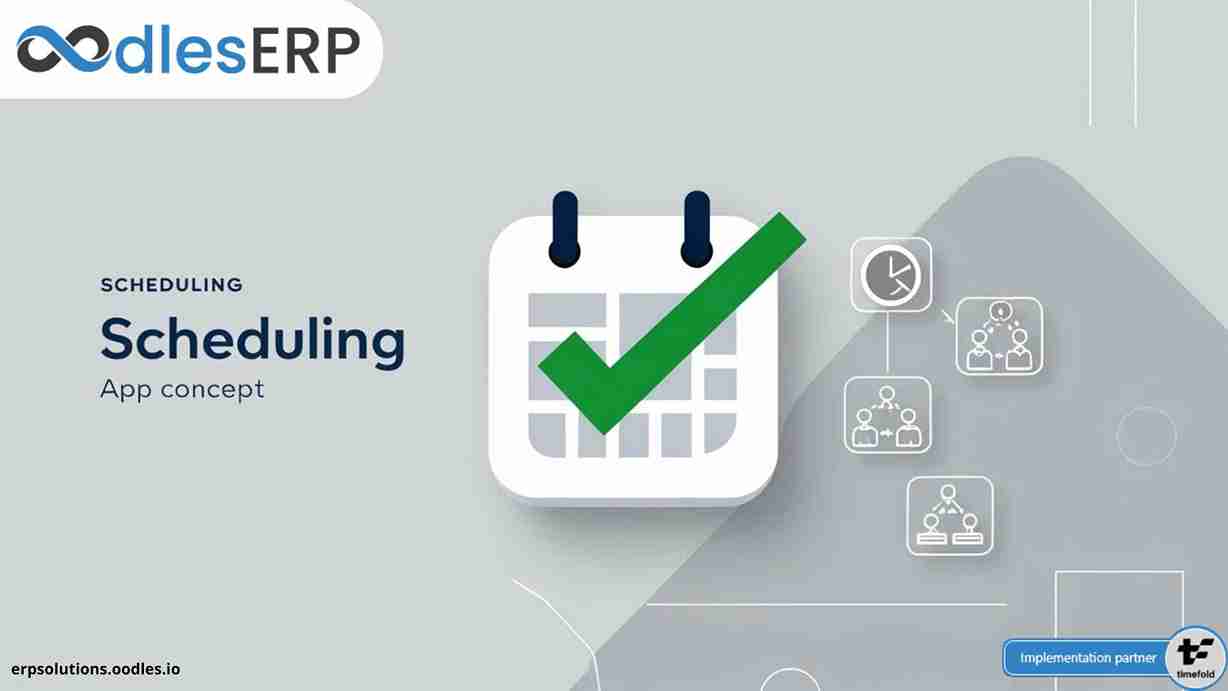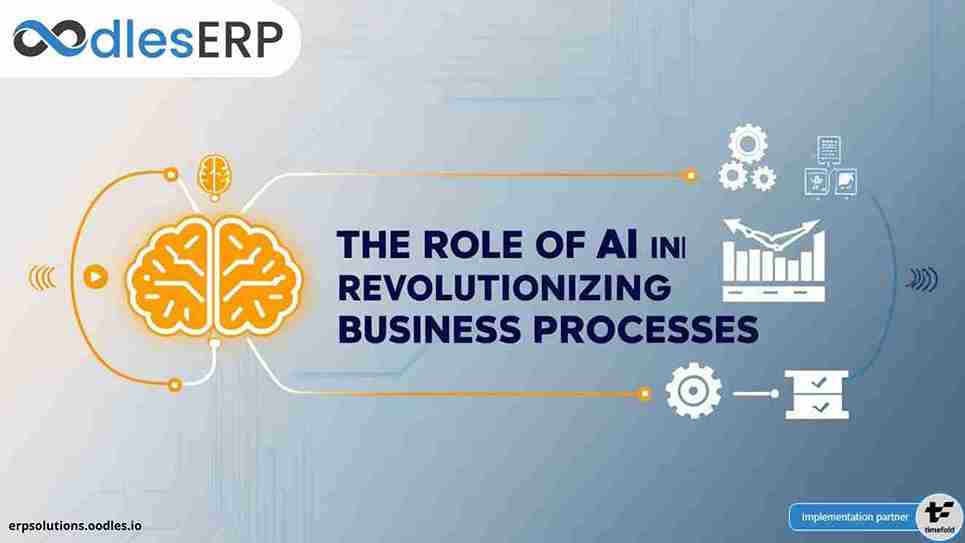To ensure perfect coordination between business operations, enterprises need to cluster them in a unified cloud-based architecture. At Oodles, we provide Supply chain software development services to custom design your SCM and integrate it into your ERP. Cloud computing is one of the many machine learning tools we provide that enable enterprises to smoothly run a supply chain. Profitability through improved agility, visibility, analytics, and execution capabilities drive innovation and growth in the enterprise. Let's delve into the rudiments of building an end-to-end supply chain management platform.
Challenges faced by a Modern SCM
1. A complex web of people, processes, and technologies
A fast-evolving marketplace combined with hundreds of supply chain operations makes it difficult to keep up with the rapid globalization. Moreover, as numerous startups and SMEs enter the market, on one hand, mergers and acquisitions take place on the other. Building capabilities to balance supply/demand and marketing while observing customer behavior adds to the struggle of mobilizing resources and components. Enterprises, thus, require a 360° SCM system to efficiently manage the supply-chain with all its complexities.
2. Disconnectedness
The processes, technologies, machinery and workforce involved in a supply chain, if disconnected, render poor performance of the enterprise. Lack of visibility in even one of these components results in delays and stretched timelines in the others. Collaboration isn't possible amongst different levels and stakeholders in the supply-chain until data resources are shared uniformly.

3. Competition
The absence of an all-encompassing supply chain management and visibility into the supply chain can make processes slow. This translates into the inability to meet customer expectations or to respond to changes in the market. Further, if quality products are not delivered at the right place and time, customers can easily procure products from the waiting competitors. Competition in the market makes it difficult to earn customer loyalty. Well-integrated processes make for better services and eventually profitability.
4. Technology trends
Smart, agile, disruptive new technologies set performance trends that need to be imbibed into supply chain software development to keep up. The Internet of Things(IoT), cloud, blockchain, predictive analytics, and mobile digital connectivity are new-age technologies that pace up operations and save time, liquidity and labor
5. Choosing an operating model
A supply-driven model in an SCM system bears less profits than a demand-driven system. Over the recent past, businesses have shifted their focus towards demand-driven models in order to stay relevant. It is, however, an end-to-end operating model that creates space for innovation. From balancing supply and demand through predictive analytics to reducing waste through continuous visibility, it surpasses traditional systems in all respects. The right operating model is characterized by profitability, streamlined functionality, proactive responses to market fluctuations, and customer loyalty
6. Lack of Integration
Before a product goes through different levels in a supply chain, it is conceived and marketed as a business strategy. It is, therefore, extremely necessary for an SCM system to be well-integrated on its own and with Enterprise Resource Planning. A system aligned with business goals and finances are comprehensive and cross-functional.
Basic components of an End-to-End Supply Chain Management System
End to end supply chain management refers to the processes involved in designing, operating, making decisions, sharing data over an entire supply chain to optimize the performance of the supply chain. Typically, an E2E supply chain consists of the following components:
1.Employing a business strategy to forecast the demand for a product or service to settle on it
2.Selecting a single or multiple sources, i.e. suppliers or vendors, of raw material/s
3.Procuring/ purchasing raw materials
4.Manufacturing/producing the finished good
5.Distribution/Delivery of product to retailers or directly to the customer
6.Setting up reverse logistics for returned and damaged products
Characteristics of an E2E SCM
A successful E2E SCM is characterized by technological capacities, tools, solutions that prompt an efficient and cost-effective operability.
1.Automation and Connectivity
Large data sets, when put together in a single database on the cloud, can be remotely accessed by stakeholders, managers, and operators. This essentially allows enterprises to have continually scrutinized systems in place with mobile connectivity at all times. With secure authentication channels implemented, it's cost-effective and efficiency-boosting.
2.Transparency
Data loggers, GPS, time-temperature integrators allow visibility coupled with accessibility into the supply-chain that further usher transparency into the system.
3.Forecasting abilities
Access to data in real-time, through IoT, RFID, and similar technologies augments an SCM with reliability. This data, when collected, stored and analyzed by analytical tools helps spot patterns and trends. Not only does this give an insight into alternative processing options but it aids forecasting future demands through ML-based predictive analytics.
4.Adaptability
SCM development services supplemented by machine learning tools give rise to self-learning and, therefore, adaptable systems.
Oodles integrated SCM and ERP platform
We are an ERP development company that provides new age technology-driven solutions for enterprises ranging from SCM and workforce management to CRM and human resources. We integrate supply chain management solutions into an enterprise's ERP software to effectuate an end-to-end business-planning model. Our comprehensive E2E SCM software equips businesses with cloud-based harmonized data and continuous visibility into supply chain operations. Thus, at every stage of the supply chain, capabilities and processes can be added to enhance business value. Get in touch with our experts to amplify the profitability and operational excellence of your supply chain through an end-to-end supply chain management platform.









